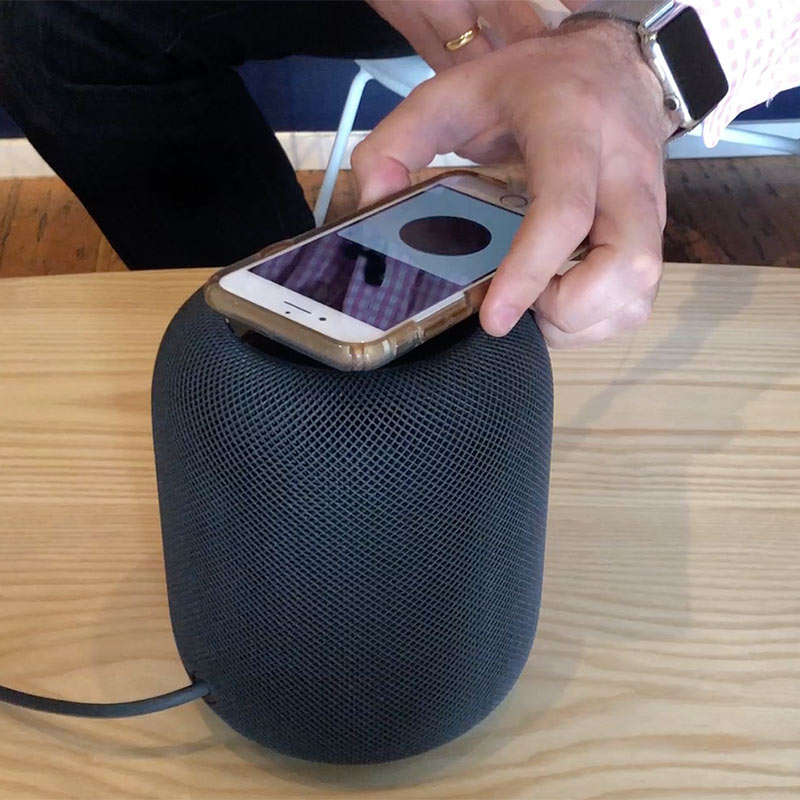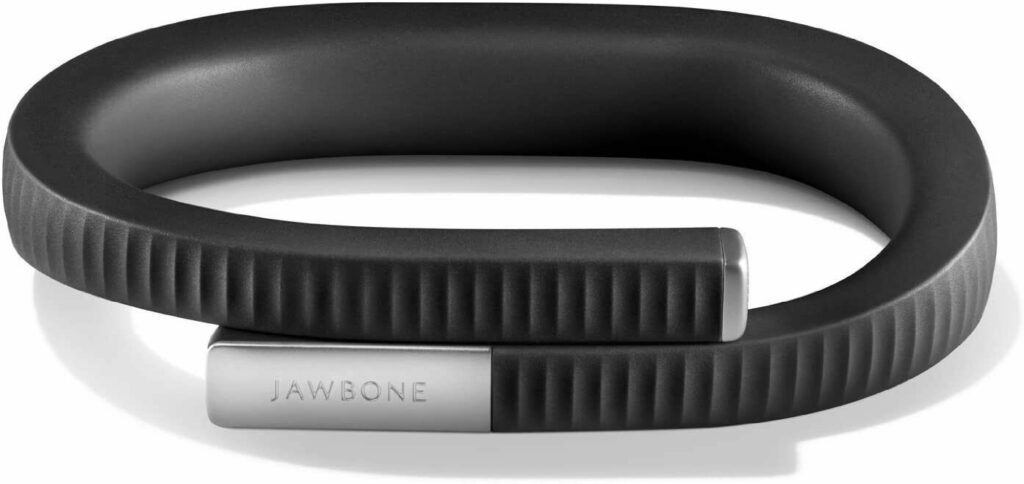In a world increasingly connected by digital technology, the products we purchase today do far more than merely serve their original functions. They adapt, evolve and often improve with time. But with the rise of software dependence, a glaring challenge looms over our tech-driven future: the peril of obsolescence. All connected products should offer a minimum guarantee of minimum future features – a “future availability” that is a modern addition to the marketing concept of “physical availability.”
The melody of jazz wafts from an 80-year-old record player, filling the room with earthy tones. Meanwhile, a modern Homepod perched on a desk streams podcasts, controls lighting, and schedules meetings. Both objects, though separated by generations, are marvels of their time. Yet there is a significant difference between them: the Homepod, though sleek and multifunctional, may one day become an “expensive brick.” This raises a critical question for the technology landscape in 2023: How can we ensure that the devices we rely on continue to deliver their core functionalities even after they fall out of favour?

The Present Promise
Today, connected devices like smart speakers, cars, and fridges offer immediate functionality and also promise future possibilities. Tesla’s electric vehicles, for instance, are marketed based on software’s future capabilities, like autonomous driving or enhanced energy efficiency. Apple’s iPhones continue to receive updates (on average seven major updates over their life span), adding functionalities that didn’t exist when the devices were purchased.
Yet, this dependence on software makes hardware’s continued viability a concern. Once a company decides to discontinue a product, the loss of software support can render an otherwise functional device useless – a scenario known as “abandonware”. This represents a new frontier in the technology market, where consumers are becoming increasingly aware of their devices’ potential obsolescence and but as yet have no assurances or visibility that they will continue to function beyond the “end of life.” My cupboards are filled with abandonware; from the Jawbone Up24 – a pioneering health tracking bracelet, to the Automatic diagnostic device for my car, that gave me detailed reporting on the health of my car, fuel consumption and a range of other helpful information. And so many more.
A Potential New Standard: Minimum Future Feature
The solution may lie in establishing a minimum future feature set, guaranteeing that products will perform essential functions indefinitely.
A minimum future feature set is a commitment from technology manufacturers to continue providing the core functionalities of a device, even if the more advanced features become obsolete. If LIFX LED lights lose support, they should still provide basic illumination. Samsung Smart Fridges must continue to refrigerate. Teslas should still drive, and Homepods must keep playing music. This concept assures consumers that their investment in a product goes beyond the immediate allure of the latest features and reaches into the essential, enduring capabilities of the device.
To bring this concept to life, manufacturers could implement standardised protocols for core functions, much like having a universal key for all basic functions of a device. This might also include open-source platforms that allow the community to maintain the primary features or legal mandates to provide essential service and support for a stipulated period. For consumers, this means that the smart fridge they buy today should, at a minimum, still refrigerate a decade from now. A smart blood pressure device should still accurately read my blood pressure, even if it might not be able to connect with the latest AI doctor of the future, or my concierge medicine service. It would turn the anxiety of impending obsolescence into a confidence that tomorrow’s technology will continue to honour its most fundamental promises.
Picture Lisa, a woman who seeks a new air conditioning unit for her home. She enters a whitegoods store, dazzled by the variety of smart devices that promise a range of impressive features, driven by AI and connectivity to her car, her phone and her other technology. She spots a unit she had found online and examines it. It has an impressive range of current and future features, including using AI to measure room-to-room temperature and humidity, and anticipating future changes in weather and even using spot energy pricing to reduce environmental impact and energy costs. It’s adorned with a prominent sticker. It highlights the “Minimum Future Features” guarantee. It assures that even if the smart functions become outdated, the unit will continue to cool effectively, that it will always adjust the fan speed, and will be able to operate according to timers. The detailed communication leaves no room for ambiguity; this air conditioning system will provide the basic functions, no matter what the future holds.

In order for this to occur, what might organisations do differently? What are some considerations for their customer-oriented approach:
Marketing roadmap: What is the product’s purpose until it becomes outdated.
Marketing: Communicating the essential future features: How will the product function in a decade?
Standardisation: Guaranteeing standardised power and connectivity requirements for seamless charging, communication, and connection between devices.
Technology: Open-source and multicloud solutions.
Technology: Implementation of the “right to repair”.
Support: Additional assistance through manuals, forms, and documentation.
Support: Enablement of forums and support communities.
The Need for a Shift
Without a conscious shift towards minimum future features, manufacturers face risks from both consumer backlash and legislative intervention. The backlash that Sonos experienced in 2020 when they attempted to “brick” products serves as a warning.
The establishment of minimum future standards may require collaboration between consumers, brands, and regulators. Subscription services for hardware could incentivise manufacturers to maintain standards while supporting innovation. Regulators will always be the source of inelegant solutions, however should set minimum standards for product communication, consumer rights and enforcement of warranties.
In an era where the technological promises of today are tomorrow’s expectations, the very least that consumers can demand is that their devices will continue to perform their basic functions. A commitment to minimum future features bridges the gap between frugality, environmental impact, nostalgia for enduring classics like an old record player and the demands of modern technology.
The past’s warm jazz tones and the future’s digital symphony need not be mutually exclusive. By embracing a minimum future feature set, we can ensure that our technological landscape evolves without leaving our most cherished devices behind in silence. Technology providers must step up, or the regulators might step in, to guarantee that the purchase of a new gadget is not just a fleeting investment in the present, but a lasting promise of functionality. It’s a critical note in the composition of the technological age. The time has come to make sure it’s played.
More reading: All your IoT devices are doomed | ZDNet



